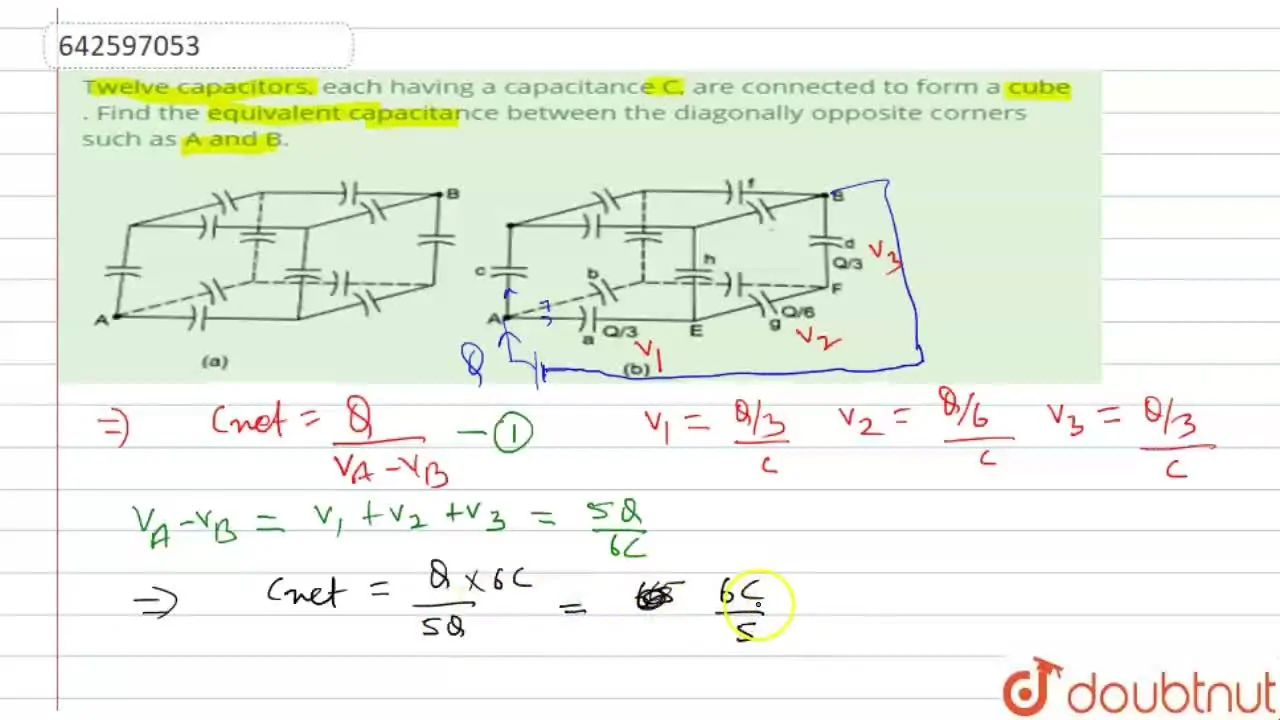Twelve capacitors, each having a capacitance C, are connected to form a cube . Find the equivalent capacitance between the diagonally opposite corners such as A and B.
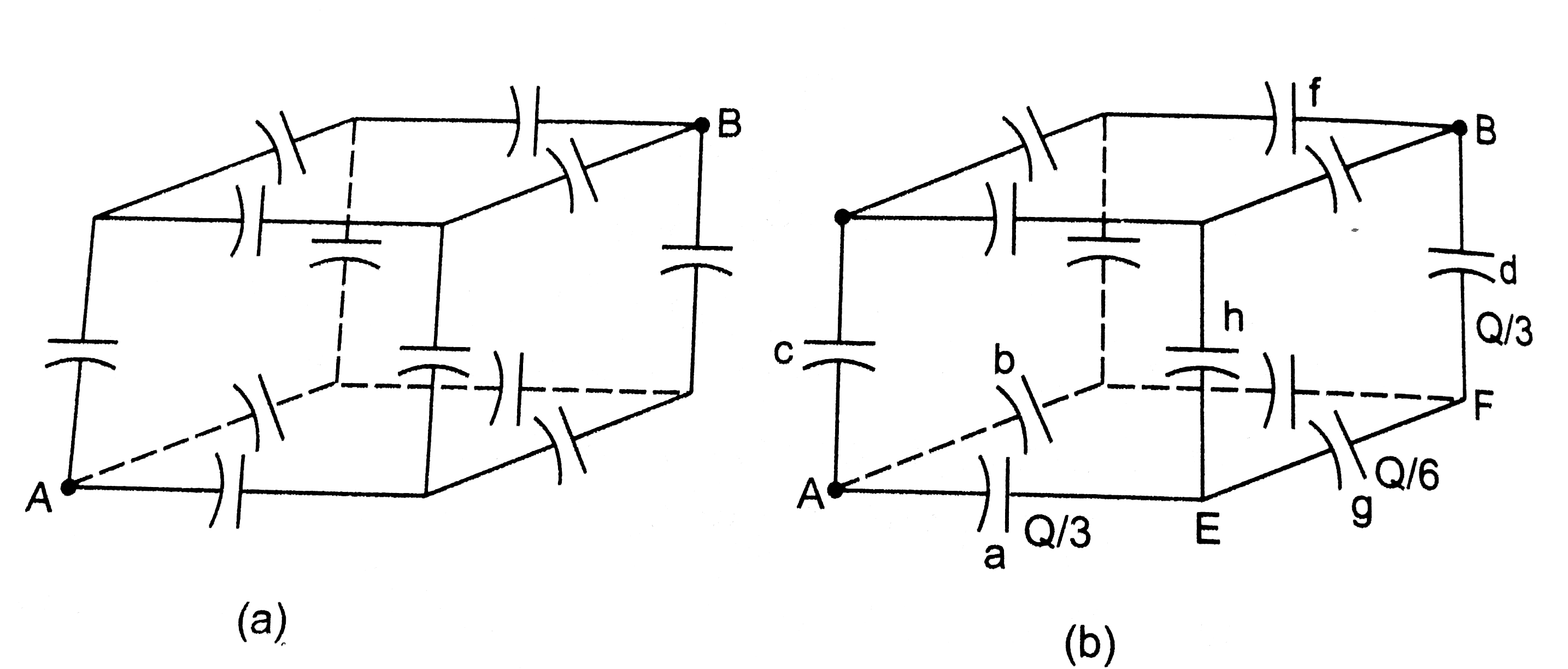
Video Solution
Text Solution
Suppose the points A and B are connected to a battery. The charge appearing on some of the capacitors are shown in figure. Suppose the positive termainal of the battery supplies a charge is divided on the three plates connected to A. Looking from A, the three sides of the cube have identical properties and hence, the charge will be eually distributed on the three plates. Each of the capacitors a, b and c will receive a charge Q/3. The nagative terminal of the battery supplies a charge - Q through the point B. This is again divided equally on the three plates connected to B. Each of hte capacitors d, e and f gets equal charge Q/3. Now consider the capacitors g and h. As the three plates connected to the point E form and isolated system, their total charge must be zero. the nagative plate of g and h connected to E should have a total charge Q/3. By symmetry, these two plates should have equal charges and hence each of these has a charge Q/6. The capacitors a, g and d have charges Q/3, Q/6 and Q/3 respectively. we have, <br> V_A - V_B = (V_A - V_E) + (V_E - V_F) + (V_F - V_B)<br> <br>= (Q/3)/(C ) +(Q/6)/(C ) + (Q/3)/(C) = (5Q)/(6C)<br>. or, <br>C_(eq) = (Q)/(V_A - V_B) = (5)/(6) C.
|
Updated on:21/07/2023
Related Playlists
- BOOK - HC VERMA ENGLISHCHAPTER - CAPACITORSEXERCISE - Objective 112videos
CAPACITORS
- BOOK - HC VERMA ENGLISHCHAPTER - CAPACITORSEXERCISE - OBJECTIVE 26videos
CAPACITORS
- BOOK - HC VERMA ENGLISHCHAPTER - CAPACITORSEXERCISE - short answer7videos
CAPACITORS
- BOOK - HC VERMA ENGLISHCHAPTER - BOHR'S MODEL AND PHYSICS OF THE ATOMEXERCISE - Short Answer10videos
BOHR'S MODEL AND PHYSICS OF THE ATOM
- BOOK - HC VERMA ENGLISHCHAPTER - DISPERSION AND SPECTRAEXERCISE - Question for short Answer6videos
DISPERSION AND SPECTRA
Similar Questions
Find the equivalent capacitance between A and B
 View Solution
View SolutionFind the equivalent capacitance between A and B
 View Solution
View SolutionFind the equivalent capacitance between C and B.
 View Solution
View SolutionFind the equivalent capacitance between A and B.
 View Solution
View SolutionFind equivalent capacitance between A and B
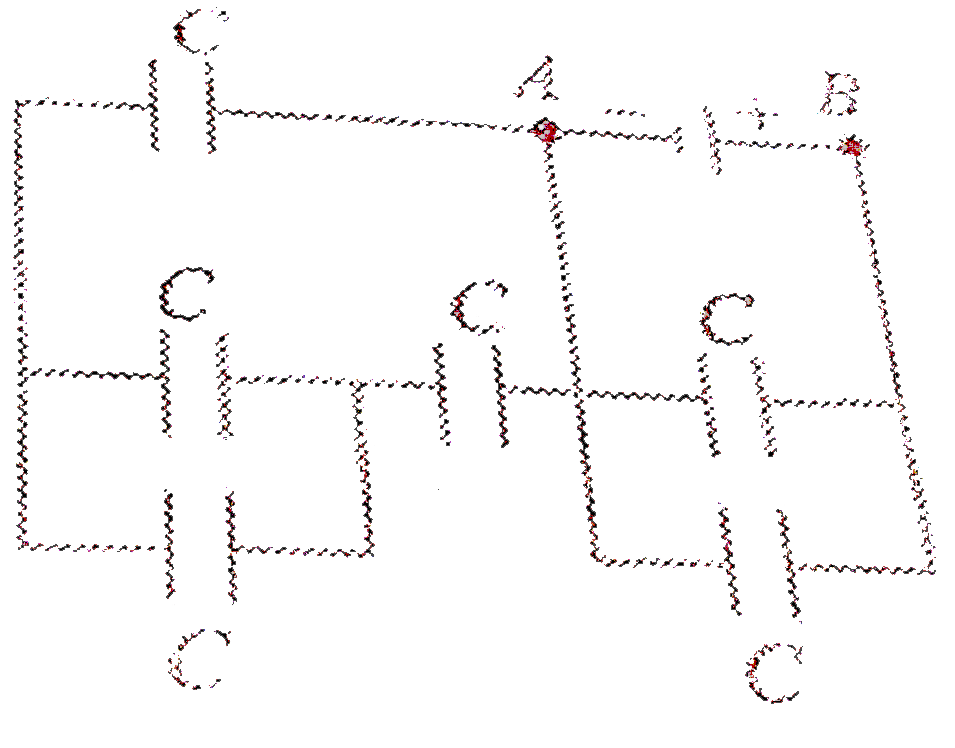 View Solution
View SolutionFind out equivalent capacitance between A and B.
 View Solution
View SolutionFind the equivalent capacitance between point A and B .
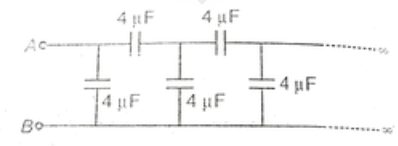 View Solution
View SolutionThe equivalent capacitance between A and B is
 View Solution
View SolutionThe equivalent capacitance between A and B is
 View Solution
View SolutionFind the equivalent capacitance between terminals A and B.
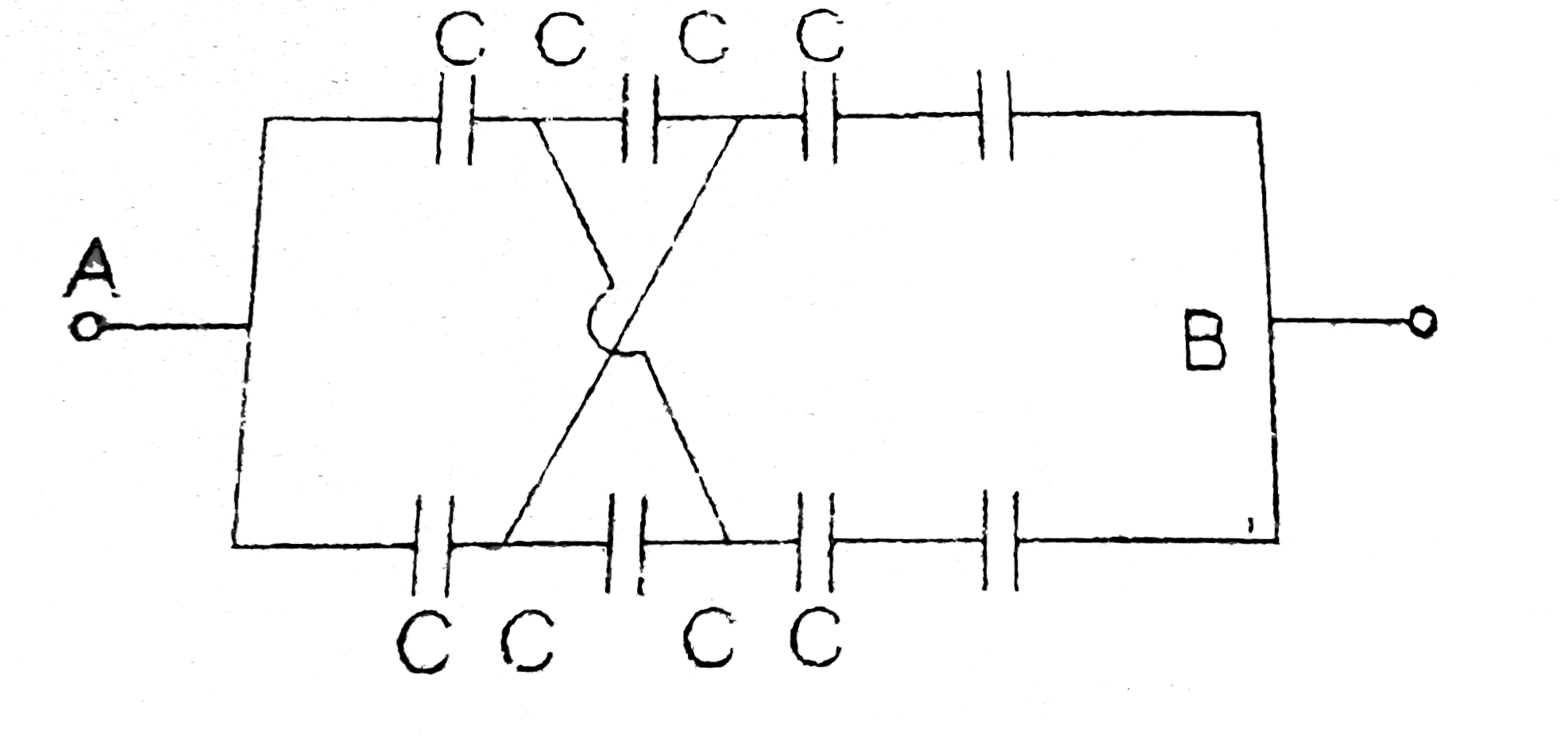 View Solution
View Solution

